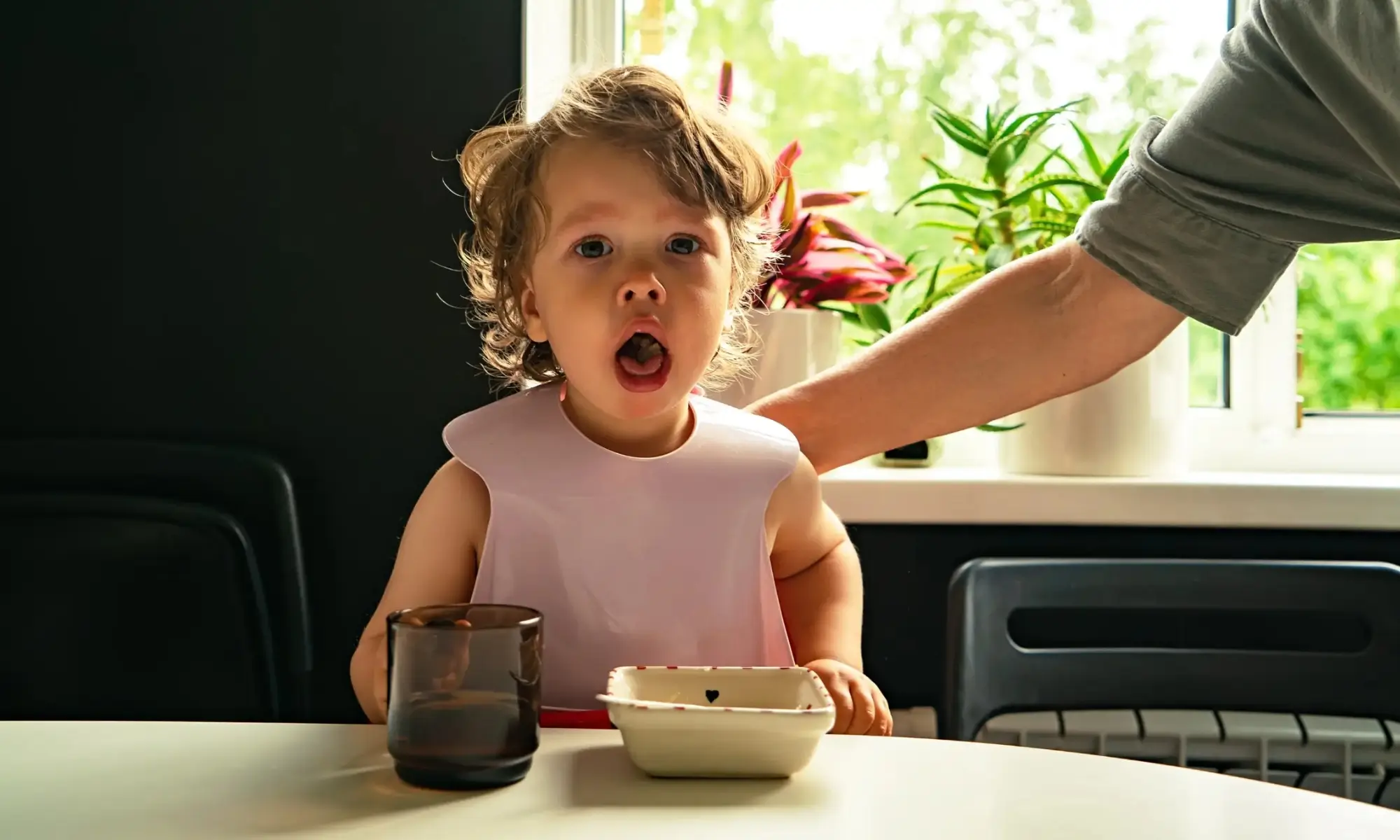Choking is a serious and often fatal risk, especially for young children, older adults, and individuals with certain medical conditions. It occurs when an object, typically food or small items, blocks the airway, preventing breathing. Understanding what constitutes a choking hazard, recognizing risky objects and foods, and knowing how to prevent and respond to choking incidents can save lives.
This comprehensive guide will explain common choking hazards, who is most at risk, preventive measures, and emergency responses, ensuring you have all the information needed to keep yourself and your loved ones safe.

What is a Choking Hazard?
A choking hazard refers to any object, food, or material that can become lodged in the airway, leading to difficulty breathing or complete airway obstruction. These hazards vary by age group and circumstance, making awareness and prevention crucial.
Why is Choking Dangerous?
- Choking can cause oxygen deprivation, leading to brain damage or death within minutes.
- It is one of the leading causes of accidental injury-related deaths in children under five.
- Quick action is required to dislodge the object and restore normal breathing.

Common Choking Hazards
Choking occurs when an object becomes lodged in the airway, preventing normal breathing. It is a major safety concern, particularly for young children, older adults, and individuals with swallowing difficulties. Understanding common choking hazards can help prevent life-threatening incidents.
1. Food-Related Choking Hazards
Food is the most common cause of choking, particularly in children under five and older adults. Certain foods pose a higher risk due to their size, shape, texture, or difficulty in chewing.
High-Risk Foods:
- Small, round foods: Grapes, cherry tomatoes, olives, blueberries, and whole nuts can block the airway.
- Hard foods: Raw carrots, apples, popcorn, hard candies, and ice cubes are difficult to chew properly.
- Sticky foods: Peanut butter (in large spoonfuls), marshmallows, and chewing gum can stick to the throat.
- Slippery foods: Hot dogs, sausages, jelly-based candies, and large chunks of meat may slide into the throat without proper chewing.
- Fibrous or stringy foods: Celery, pineapple, and tough cuts of meat can be difficult to chew and swallow.
How to Reduce the Risk:
- Cut foods into small, manageable pieces (e.g., grapes should be cut lengthwise).
- Cook or soften hard foods like carrots and apples before serving.
- Avoid giving high-risk foods to children under five years old.
- Encourage children to sit while eating and chew their food thoroughly.
2. Non-Food Choking Hazards
Young children tend to explore by putting objects in their mouths, making certain household items particularly dangerous.
Common Small Objects That Can Cause Choking:
- Toys with small parts: Beads, LEGO pieces, marbles, small action figures, and doll accessories.
- Household items: Coins, buttons, safety pins, screws, batteries, and pen caps.
- Balloons: Deflated balloons or broken balloon pieces can form a seal over the airway.
- Office and school supplies: Erasers, paper clips, small magnets, and push pins.
- Jewelry and accessories: Small rings, earrings, and beads.
How to Reduce the Risk:
- Choose age-appropriate toys that do not contain small detachable parts.
- Store small household items, batteries, and office supplies out of children’s reach.
- Discard broken balloons and keep uninflated balloons away from young children.
3. Medical-Related Choking Risks
Certain medical conditions and situations increase the risk of choking.
Medical Factors That Contribute to Choking:
- Dentures: Older adults with loose-fitting dentures may struggle to chew food properly.
- Neurological disorders: Stroke, Parkinson’s disease, cerebral palsy, or muscular dystrophy can impair swallowing.
- Swallowing disorders (Dysphagia): Difficulty swallowing increases the risk of choking on food and liquids.
- Medications: Some medications cause dry mouth, making swallowing more difficult.
How to Reduce the Risk:
- Ensure dentures fit properly and allow for effective chewing.
- Modify food textures for individuals with swallowing difficulties (e.g., pureed or soft foods).
- Monitor elderly individuals while eating to ensure they chew food thoroughly.
Choking hazards exist in many forms, from food to household objects and medical conditions. Awareness and prevention are key to ensuring safety, especially for young children and older adults. By identifying and managing choking risks, you can significantly reduce the likelihood of choking incidents and create a safer environment for your loved ones.

Who is Most at Risk for Choking?
Certain individuals are more vulnerable to choking due to physiological, developmental, or medical reasons:
1. Infants and Young Children
- Their airways are smaller and easily blocked.
- Their chewing and swallowing abilities are not fully developed.
- They explore their surroundings by putting objects in their mouths.
2. Older Adults
- Age-related changes in swallowing function.
- Use of dentures, which may impair chewing.
- Neurological conditions like Parkinson’s disease or stroke, which affect muscle control.
3. Individuals with Neurological or Swallowing Disorders
- Conditions like cerebral palsy, muscular dystrophy, or dysphagia make swallowing difficult.
- Those who have suffered a stroke may experience difficulty swallowing.

Choking Prevention: How to Reduce the Risk
Choking can happen quickly and unexpectedly, making prevention crucial. Whether it’s food, toys, or household items, taking proactive measures can significantly reduce the risk. Here’s how you can keep yourself and your loved ones safe.
1. Food Safety Tips
- Cut food into small pieces: Grapes, hot dogs, and cherry tomatoes should be sliced lengthwise into smaller pieces.
- Cook or soften hard foods: Steam or mash vegetables like carrots and apples to make them easier to chew.
- Avoid high-risk foods: Hard candy, whole nuts, and sticky foods should not be given to young children.
- Encourage slow eating: Teach children to chew thoroughly and avoid stuffing their mouths.
2. Supervised Mealtime Practices
- Always sit while eating: Children should eat at a table and avoid eating while running or playing.
- Minimize distractions: Encourage focused eating without watching TV or playing.
- Do not force-feed: Forcing food may cause a child to inhale it accidentally.
3. Toy and Household Safety
- Check toy labels: Choose age-appropriate toys and avoid small detachable parts for children under three.
- Keep small objects out of reach: Store coins, batteries, buttons, and other small items securely.
- Secure balloons: Supervise children with balloons and discard broken pieces immediately.
4. Adult Safety Measures
- Be mindful of dentures: Ensure they fit properly to aid in proper chewing.
- Modify food textures: Older adults with swallowing difficulties may require softer foods.

What to Do If Someone is Choking
Choking is a life-threatening emergency that requires immediate action. When the airway is blocked, the person cannot breathe properly, and quick intervention can mean the difference between life and death. Here’s how to respond effectively in different situations.
For Adults and Children Over One-Year-Old
Step 1: Encourage Coughing
If the person is coughing forcefully, let them continue. Coughing is the body’s natural way of expelling an obstruction. Do not interfere unless the coughing stops or weakens, as this may mean the airway is completely blocked.
Step 2: Perform the Heimlich Maneuver (Abdominal Thrusts)
If the person cannot breathe, talk, or cough, follow these steps:
- Stand behind the person.
- Wrap your arms around their waist.
- Make a fist and place it just above the navel.
- Grab your fist with your other hand.
- Apply quick, upward thrusts into the abdomen to force out the obstruction.
- Repeat thrusts until the object is expelled or the person becomes unresponsive.
💡 If the person becomes unconscious, begin CPR immediately and call emergency services.
For Infants Under One-Year-Old
Step 1: Perform Back Blows
- Hold the baby face down on your forearm, supporting their head with your hand.
- Rest your arm on your thigh to keep the baby stable.
- Give five firm back blows between the shoulder blades using the heel of your hand.
Step 2: Perform Chest Thrusts
- Turn the baby over so they are facing upward, keeping their head supported.
- Use two fingers to press on the breastbone just below the nipple line.
- Perform five quick chest thrusts (push downward about 1.5 inches).
- Check if the object has been expelled.
⚠️ Never perform the Heimlich maneuver on an infant, as it can cause serious injury.
When to Call Emergency Services (911 or Local Emergency Number)
🚨 Call for help if:
✔️ The person is unable to breathe, talk, or cough.
✔️ The choking persists despite first aid efforts.
✔️ The person becomes unconscious.
Keep performing back blows, chest thrusts, or abdominal thrusts until the object is removed or emergency responders arrive.
Knowing how to react quickly during a choking incident can save a life. By recognizing the signs, using the right techniques, and seeking emergency help when necessary, you can help prevent a tragic outcome.
💡 Consider taking a CPR and first aid course to gain hands-on experience and confidence in handling choking emergencies.
Conclusion
Choking hazards are a real and preventable threat, particularly for young children and older adults. Understanding the risks, implementing preventive measures, and learning life-saving techniques can create a safer environment for your loved ones.
Key Takeaways:
- Always supervise children while they eat and play.
- Modify food textures and cut food into safe sizes.
- Keep small objects, toys, and hazardous household items out of reach.
- Learn the Heimlich Maneuver and infant choking first aid.
- In emergencies, act quickly and call for medical help if needed.
By staying informed and vigilant, you can significantly reduce the risk of choking and ensure the safety of those in your care. Share this guide with family and caregivers to spread awareness and potentially save lives!

